价格符号怎么用英语表示
In written English, there are several ways to indicate the price of a product or service. The most common ways are to use the dollar sign ($), pound sign (£), euro sign (€), or yen sign (¥) followed by the numerical value.
For example, $10.99, £7.99, €4.99, or ¥100.
In some cases, the currency name may be spelled out instead of using the symbol. For instance, 'ten dollars' or 'seven pounds and ninety-nine pence.'
When writing about prices, it's important to be consistent with the currency symbol or name used throughout the text. Additionally, it's helpful to clarify whether the price includes tax or not, especially when dealing with international audiences.
When writing about prices in a list or table, it's common to use the currency symbol or name once at the top of the list or table to indicate the currency being used.
For example:
| Item | Price |
|------|-------|
| T-shirt | $19.99 |
| Hoodie | $39.99 |
| Backpack | $59.99 |
In informal contexts, it's also common to use abbreviations such as 'bucks' for dollars or 'quid' for pounds.
http://jsq.easiu.com/common/images/14482791868052868.jpg
Overall, using clear and consistent pricing symbols and conventions is essential for effective communication in written English.
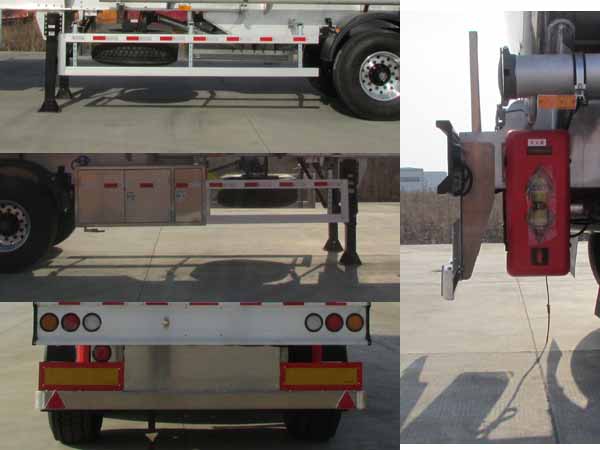
前锋热水器安装费用
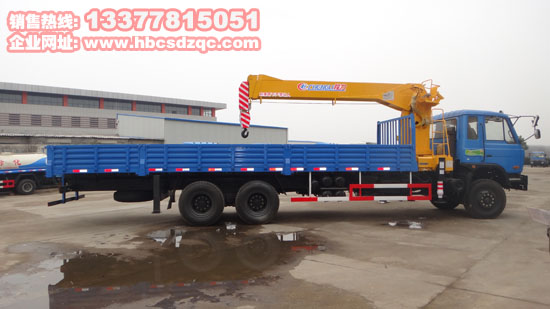
成都空调销售招聘
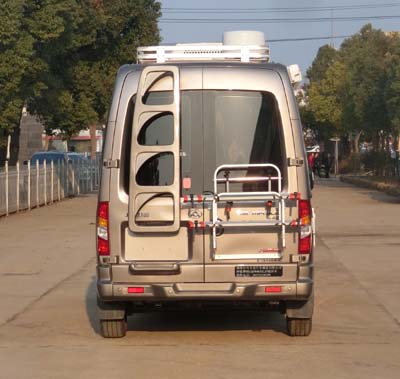
创维8r55机芯绿灯黑屏
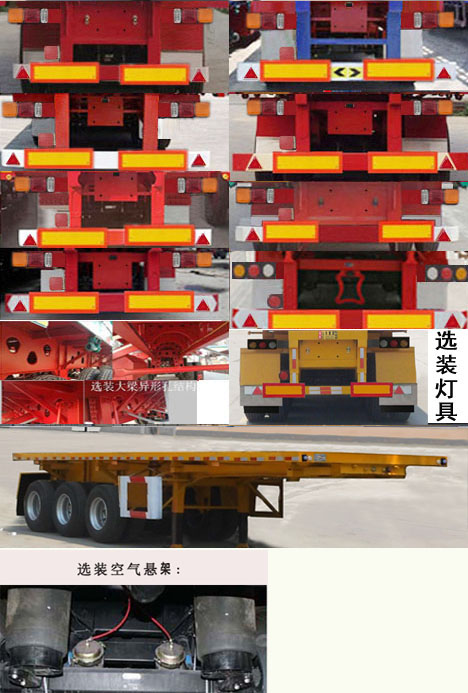
海信电视固件 2016
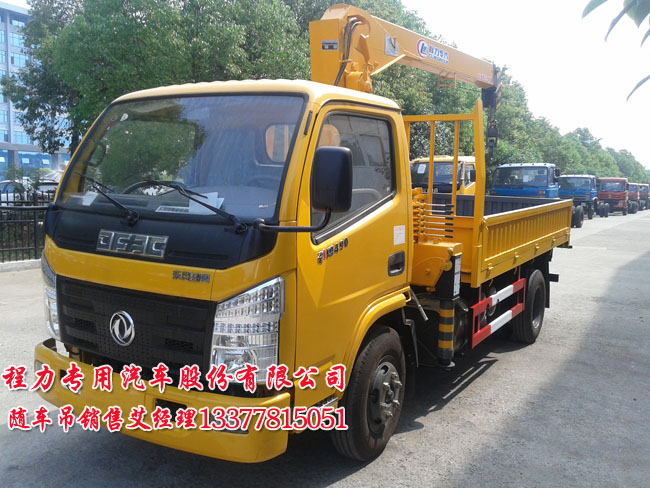
aoc显示器 电源灯一直闪

海信电视TLM47V67PK一边图像重影

三星电脑显示屏灯闪烁
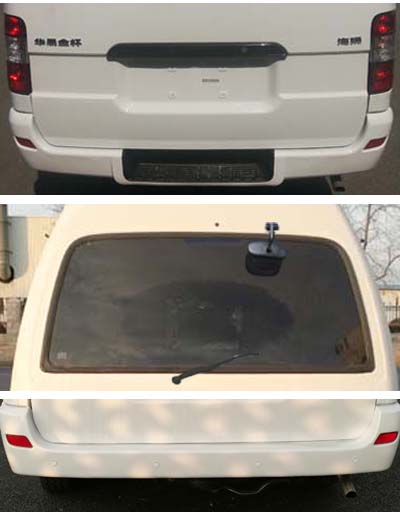
海信电视机横条
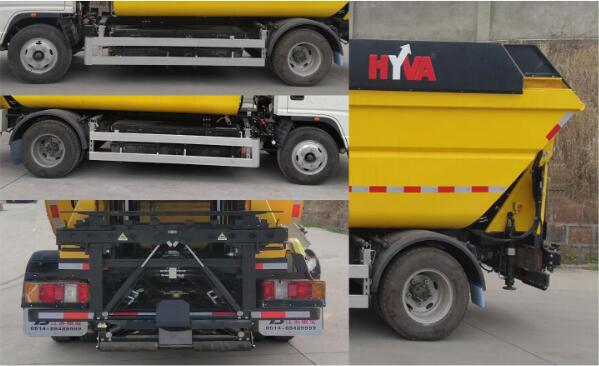
松下一体机呼叫维修2
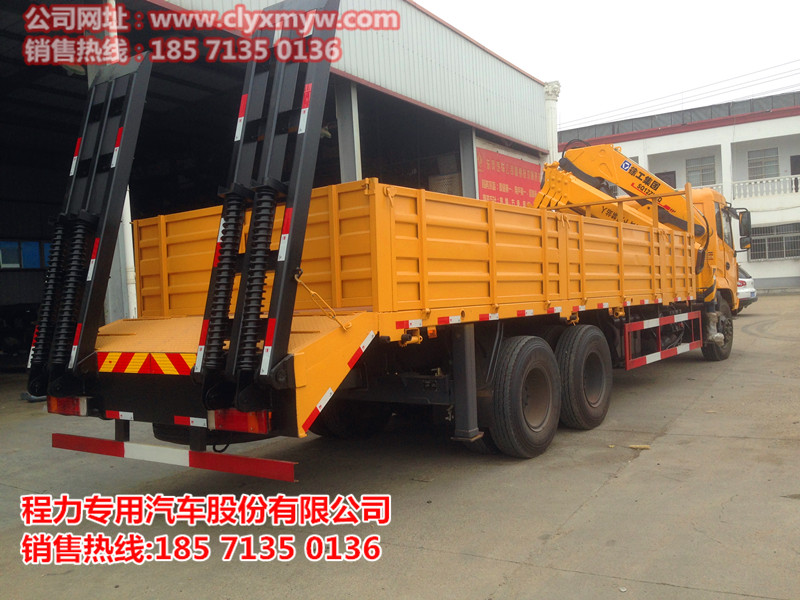
燃气热水器 气压不足

海尔官方刷机工具

康佳led42ms11pd
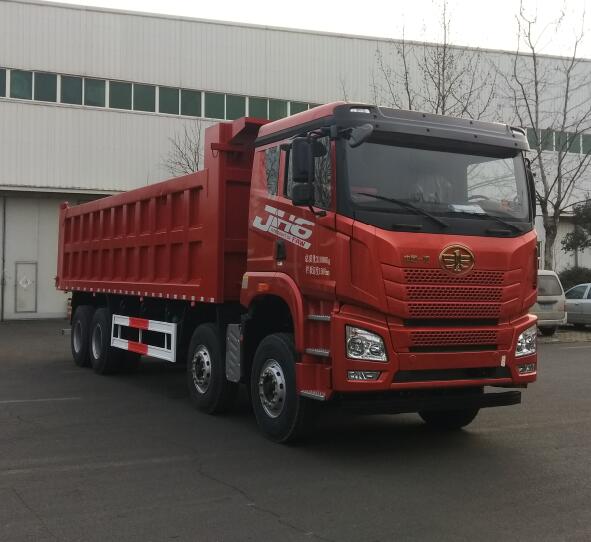
三星S22A330BW拆解过程

三星 上海维修点
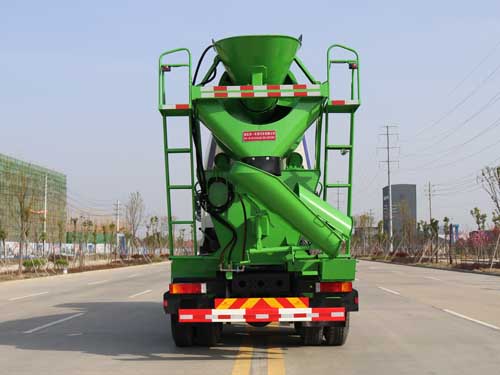
海信50k360j刷机包
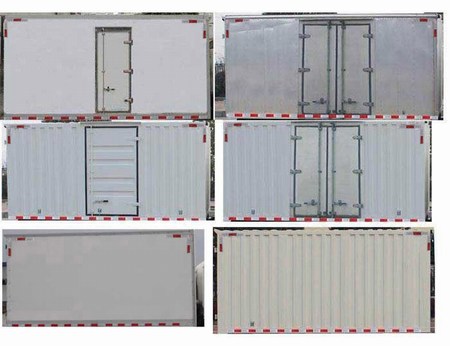
康佳T2169E输出电压低

海信电视子画面咋开

海尔电热水器漏水维修费用
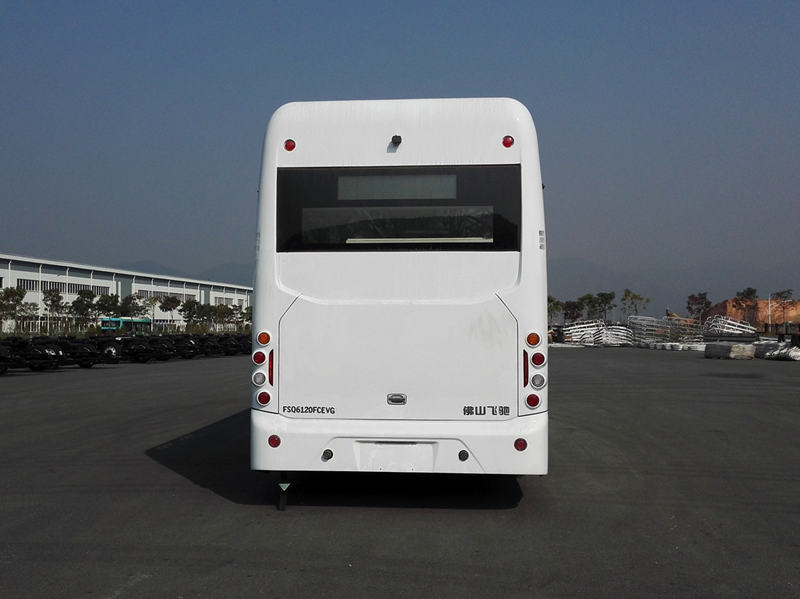
伊莱克斯洗衣机单脱水

格力空调是全国联保吗